Posted on 5/28/2024

Navigating rush hour traffic on Interstate 25 (I-25) can be daunting, but with the right strategies, you can ensure a safer and less stressful commute. Rush hour traffic, especially on busy highways like I-25, can lead to congestion, delays, and an increased risk of accidents. Whether you're a daily commuter or an occasional traveler, adopting the best practices for navigating I-25 during rush hour can help you reach your destination safely and efficiently. Understanding Traffic Patterns Before hitting the road, familiarize yourself with the typical traffic patterns on I-25 during rush hour. It typically occurs during the morning and evening peak commuting times, with traffic congestion reaching its peak around 7-9 a.m. and 4-6 p.m. Knowing when congestion is at its peak can help you plan your commute more effectively and avoid unnecessary delays. Staying informed about any ongoing construction or road closures along your route can help you plan alternative paths ... read more
Posted on 4/27/2024
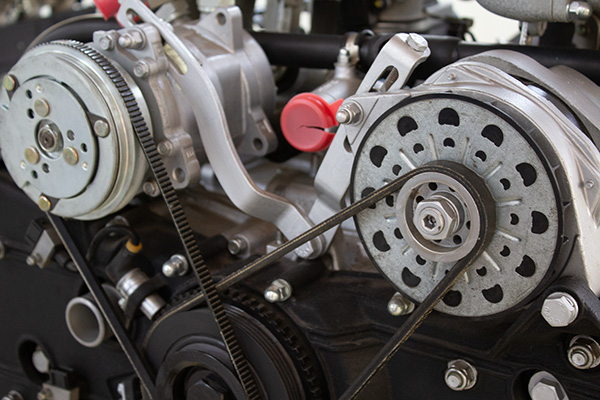
When it comes to the intricate workings of our vehicles, the realm of belts often confuses many drivers. We've all heard of timing belts and serpentine belts, but what exactly sets them apart? Timing Belt vs. Serpentine Belt 1. Anatomy and Functionality In the automotive ecosystem, timing belts and serpentine belts play distinct yet equally vital roles. The timing belt, also known as a cambelt or timing chain, is a toothed rubber belt responsible for synchronizing the rotation of the engine's crankshaft and camshaft(s). This synchronization ensures precise valve timing, facilitating efficient combustion and optimal engine performance. On the other hand, the serpentine belt, aptly named for its snake-like winding path, is a flat, ribbed belt that drives multiple engine components such as the alternator, power steering pump, and air conditioning compres ... read more
Posted on 3/28/2024
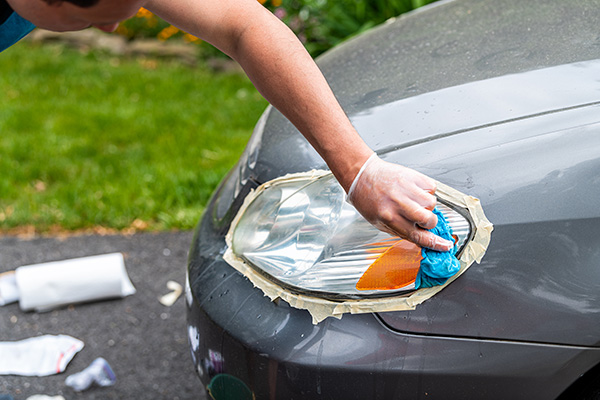
As you navigate the roads at night, you may have noticed that your headlights appear fuzzy or clouded. This common issue not only diminishes the aesthetic appeal of your vehicle but can also compromise visibility, posing a safety concern. Causes of Fuzzy HeadlightsOxidation and UV Exposure Over time, your headlights are exposed to harsh elements, including sunlight and UV rays. This exposure leads to oxidation, causing the outer layer of the headlights to become cloudy and hazy. Environmental Contaminants Road debris, pollution, and other environmental contaminants can accumulate on your headlights, contributing to the haziness over time. Incorrect Cleaning Using abrasive cleaners or rough materials when cleaning your headlights can scratch the surface, making them more prone to clouding ... read more
Posted on 2/27/2024

In the vast vehicle maintenance ecosystem, the health of exterior lights often takes a back seat. Yet, they are not just accessories - they are fundamental to safety and communication on the road. Let's "illuminate" why servicing and checking your vehicle's exterior lights is not only recommended but essential. The Vital Role of Exterior Lighting Exterior lights do more than illuminate our steps; they deter potential intruders, highlight our homes' architectural features, and create a welcoming atmosphere for visitors. Their functionality extends beyond the mere provision of light; they are an integral part of our home's safety, security, and beauty. Recognizing Signs of Wear and Tear Like any other outdoor element, exterior lights are exposed to the whims of nature. Over time, they can succumb to weather conditions, leading to wear and tear that not only diminishes their performance but also their lifespan. Regular checks ... read more
Posted on 1/30/2024
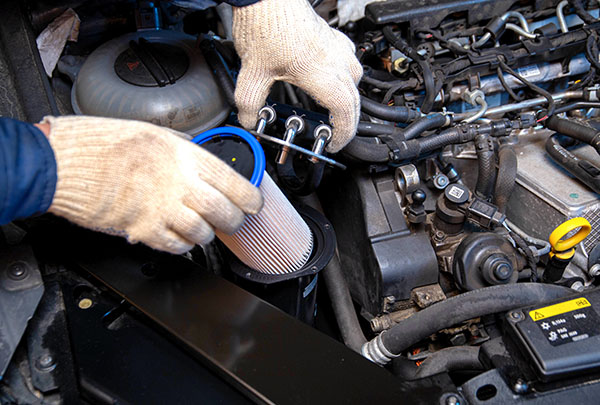
Owning a Ford means more than just driving a reputable brand; it means being part of a legacy of quality and durability. However, following the best maintenance practices is crucial to ensure your Ford stays in top condition. But don't worry, because below you will find exactly that! 1. Oil ChangesRegular oil changes are the cornerstone of any vehicle maintenance program, especially for Fords. Oil lubricates the engine's moving parts, reducing friction and wear. Over time, oil breaks down and becomes less effective, making regular changes essential. For most Ford models, changing the oil every 5,000 to 7,500 miles is recommended, though this can vary based on your driving habits and the oil type. 2. Tire Maintenance and Rotation Tires are your direct link to the road, and their care is paramount. Regular tire maintenance is vital, including chec ... read more
Posted on 12/5/2023

The frustration of a stuck emergency brake, or e-brake, is a scenario many drivers have faced. At LightHouse Automotive, we understand the perplexity that comes with this issue and are here to shed light on the possible reasons behind a stubborn e-brake and how you can address it effectively. 1. Cold Weather Conundrum In colder climates, e-brakes can freeze due to the accumulation of ice or snow. This frozen buildup can hinder the mechanism's release, leaving you with a seemingly stuck brake. Taking precautions such as parking in a sheltered area or using tire chocks can help prevent this issue. 2. Cable Tension Troubles Over time, the e-brake cables can stretch or lose tension, resulting in difficulty disengaging the brake. Regular maintenance, including cable adjustments, can prevent this problem and ensure smooth e-brake operation. 3. Corrosion Culprits Corrosion within the emergency ... read more
Posted on 11/29/2023
.jpeg)
Amidst the hundreds of components that make your vehicle tick, the axle stands in the background, quietly ensuring your wheels keep turning. While that is a very short summary of its function, haven't you wondered about what it does? Well, if you have, continue reading and find out! The Axle - What Does It Do? Each part of your car plays a unique role in creating a balanced driving environment and experience. The axle is the bridge connecting the wheels to the powertrain - or, in other words, the engine and transmission. Serving as a central shaft, it facilitates the transfer of power from the engine to the wheels, propelling your vehicle forward. It's the unassuming yet indispensable conductor in the automotive symphony. Types of Axles Axles come in various forms, each tailored to specific vehicle designs and functions. The most common types are the front axle and the rear axle. Front axles are prevalent in front-wheel-drive vehicle ... read more
Posted on 10/29/2023
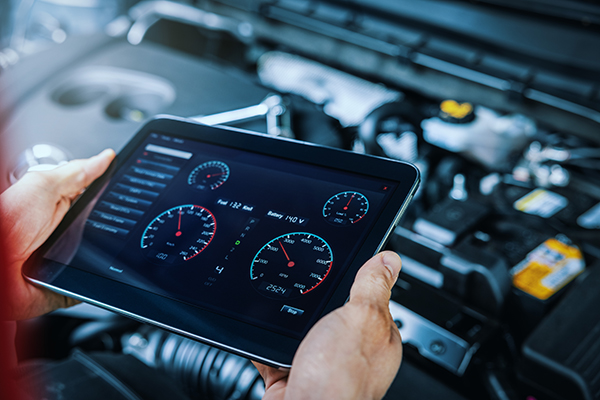
If you ever encounter the ominous glow of a check engine light or an unsettling rumble from under the hood while driving, there's no need to panic. All you need is an OBD-II (On-Board Diagnostics) scanner and the willingness to delve into your car's intricacies. Armed with these tools, you can unravel the mysteries hidden within your car's systems and emerge as a confident and capable home mechanic. First you will have to know the ropes, but worry not because that's the first thing we will be taking a look at. Then we will give you professional insight on how to use it properly, to its full potential. Understanding the Basics Locate the OBD Port Begin by identifying the OBD port, usually located beneath the dashboard, near the steering column. Some vehicles have the port in the vicinity of the driver's side, while others may positio ... read more
Posted on 9/29/2023
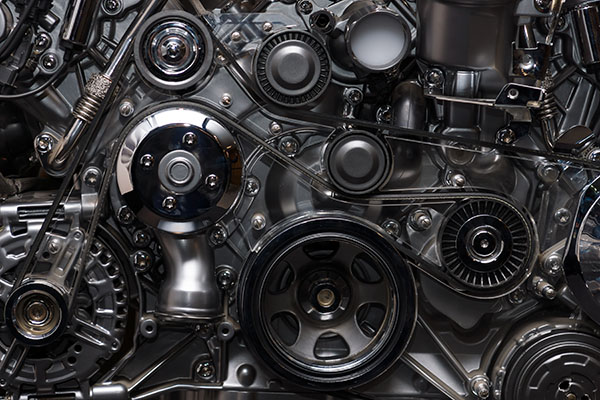
As you slide into the driver's seat, turn the key, and feel your car's engine roar to life, have you ever wondered about what actually happens behind the scenes? At the core of this automotive "ballet" lies a critical component: fuel injection, or, to be exact, the fuel injection system. Its importance is often overlooked, so let's take you on a spin through the fueling system and get you up to speed on the topic! The Essence of Fuel Injection Fuel injection, in its essence, is the lifeblood of your car's engine. It's the method by which a precise amount of fuel is delivered directly into the engine cylinders. Unlike older carbureted systems that relied on a mixing chamber, fuel injection systems have revolutionized how engines operate. How Fuel Injection Works So, how does this ingenious system work its magic? Let's break it down into simple steps: Air Intake: Your engine pulls in air through the ... read more
Posted on 8/31/2023
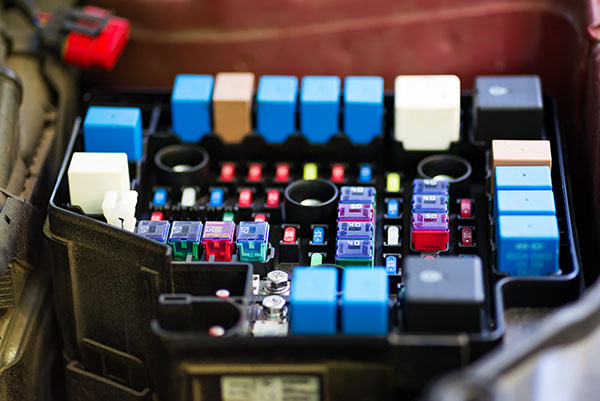
If you're experiencing issues with your vehicle's electrical functions, don't worry! It's possible that a faulty relay is to blame. Luckily, replacing a relay is a simple task that you can tackle on your own. You don't need to be a car expert to get the job done. With a few basic tools, some patience, and your owner's manual, you'll have your vehicle running smoothly again in no time. #1 Identify the Problem Relay Before you dive into the replacement process, it's crucial to identify the specific relay causing the issue. Consult your vehicle's owner's manual or the diagram on the relay box cover (or a trustworthy online source) to locate the relay associated with the malfunctioning component. For instance, if your windshield wipers aren't working, find the wiper relay. #2 Gather Your Tools To successfully change a relay, you'll need a few basic tools: a set of screwdrivers, pliers, and the replacement ... read more